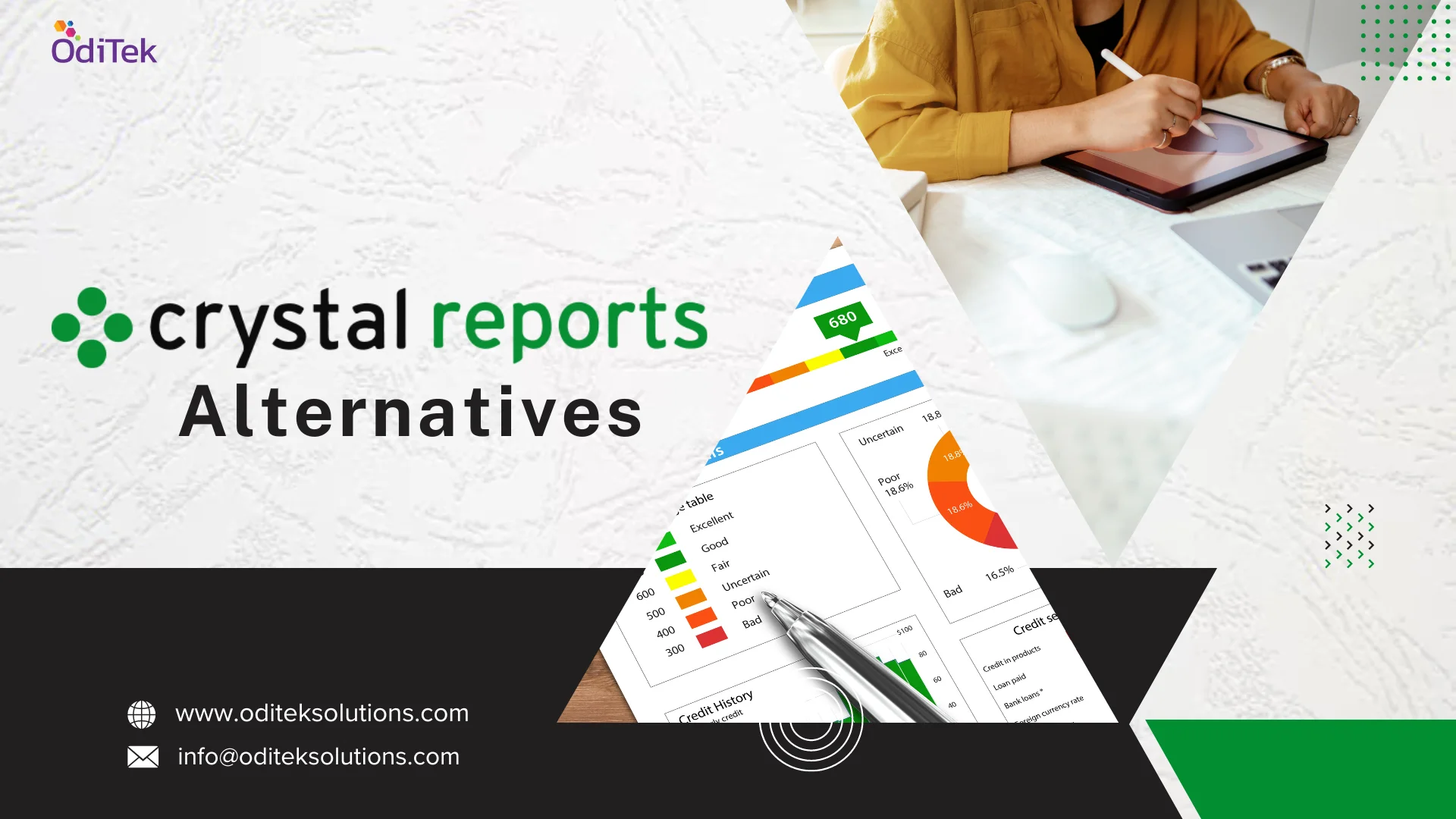A video management system, also known as video management software and a video management server, is a part of a security camera system that, in general, does the following:
1. Video from cameras and other sources is collected
2. The video is recorded and saved to a storage device
3. Provides a user interface for viewing live video as well as accessing previously recorded video
A VMS is the software component of a network video recorder or digital video recorder, albeit a VMS is generally more advanced and offers more options and capabilities than packaged NVR hardware.
Because of the technological advancements, it is now vital to distinguish between a VMS and the built-in functions of modern network-based security cameras. Internal capabilities are available on many current network cameras to capture and examine video without the usage of a video management system. The built-in web interface of a camera, on the other hand, is usually proprietary to the camera and does not provide shared access to other network cameras.
What is Video Security Software?
Video security software is used to manage data from security cameras and monitoring systems. It is utilized by a wide range of professionals, including security officers and law enforcement. They’re particularly handy for businesses with several devices streaming multiple video feeds and a requirement to store data in multiple locations. Video security software provides a single platform for seeing this information and ensuring that your security devices are functioning properly.
Video security software and visitor management software have comparable responsibilities and capabilities. VMS is ideally suited for controlling guests entering and exiting a building, making it an excellent solution for organizing events with restricted access. Video surveillance is more suited to monitoring day-to-day activities.
Types of Video Security Software
1. Video management software for on-premises use
On-premise video surveillance is a more traditional sort of video management system in which security camera gear is linked to local networks and servers on-site. VMS client software is installed on local PCs as well, with license requirements varying depending on the number of cameras in the system. Everything, including video surveillance software upgrades and patching, is controlled by these edge computing systems.
This is frequently the finest video management software for businesses that want complete control and customization, as well as the resources to have technicians or IT specialists handle it on-site. On-premise security camera software does not necessarily require internet connectivity, and some on-premise VMS providers have begun to offer remote access to the footage through VPN or a cloud-based viewing platform.
2. Cloud based Video surveillance software
Both the video recording and video management software are off-site in a cloud-based video management system, with servers operated by a third party. To upload video material to the cloud, this form of video management software requires IP cameras or wireless cameras, as well as network connectivity equipment. One of the advantages of video management software like this is that cameras transmit straight to the cloud, eliminating the need for recording hardware or local storage.
Cloud-based security camera software, on the other hand, necessitates more bandwidth to transfer data, particularly for high-definition cameras. Because cameras can be configured and added to the system in just a few clicks, the cloud-based security camera software is the ideal option for scalability and flexibility.
3. Cloud administrated Video security software
A cloud-managed system, like cloud-based video surveillance software, employs third-party hosted and managed servers. Local hosting equipment such as network video recorders (NVR), digital video recorders (DVR), video management systems (VMS), and physical security camera hardware, however, continues to capture and store footage on your premises. Cameras and gear must support cloud services in order to use this hybrid video management solution.
The advantage of cloud-controlled video management systems is that everything, including software upgrades, is handled centrally in the cloud. You enjoy the convenience of remote video watching and monitoring from a single location. The organization is responsible for securing the local equipment; therefore effective video access control and physical security are required.
Video security software features
-
1. Manage numerous camera devices recording at the same time
2. As more cameras are introduced to the network, set up camera recording and streaming
3. Allows viewers to view recordings and live streams
4. Detection of movement
5. Recording that is prompted by an event
6. The recording logic was led by AI
7. Detection of suspicious behavior
8. HD video playback in high-resolution stream
9. Face recognition, integration, and self-contained ID software are options
10. Video footage should be saved to a backup solution
11. Search for recordings by date, time, or other criteria
12. Monitor entry points to the building; provide remote access/ employee access control, and so on
13. Support for audio
Conclusion
Video management systems are useful tools for ensuring the safety of employees and customers. They enable organizations to monitor actions occurring within their premises in real-time, including foul play or anything suspicious. Organizations can also use their VMS to check that personnel is adhering to safety and security requirements, particularly in the event of an accident or injury. The ability to review previous security camera footage is a critical tool for firms that are under investigation and may face legal charges or worker’s compensation claims.
Oditek is specialized in developing high-quality video surveillance software for enterprises. Drop an email at info@oditeksolutions.com for further details.







